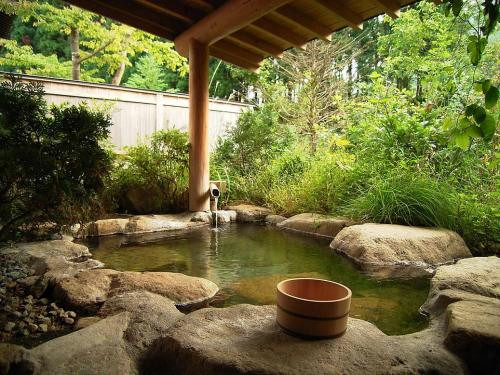HOME | DD
 krystan31 — Japan Offspring Fund
krystan31 — Japan Offspring Fund

Published: 2011-08-10 16:21:02 +0000 UTC; Views: 304; Favourites: 7; Downloads: 9
Redirect to original
Description
here are numerous wonderful Onsen or hot springs in Japan, but also many issues and problems regarding the different types that consumers are not aware of. One type of hot spring has water flowing directly from a source, and many people probably believe it to be the most common type. This is not the case; it accounts for only about 10% of all hot springs in Japan. Rather, most hot spring facilities are re-using the water after filtering it and heating it again. Due to the filtering, the components of the natural hot spring water are reduced, while other substances such as shampoo residues often remain. During our investigation, Japan Offspring Fund found that such types of hot springs also can be called “natural hot springs” even though that is a rather fake description.Large bathing establishments, as part of the hot spring boom, have been developed together with inns that are depleting natural headsprings of hot water. This is becoming a serious problem. The sense of healing that comes with visiting a natural hot spring will be diminished when we destruct natural environment.
JOF had many opportunities to discuss hot springs and bathing culture with Mr Etsuo Noguchi, who spent 40 years as a journalist investigating some 3000 different hot springs. Just before he passed away, we started the Association of Hot Spring Culture and Safety in January 2009. The plan is to recommend only such hot springs and inns that have a history of protecting the environment and applying appropriate safety measures, so that bathers can truly relax.
















